Abbey Theatre
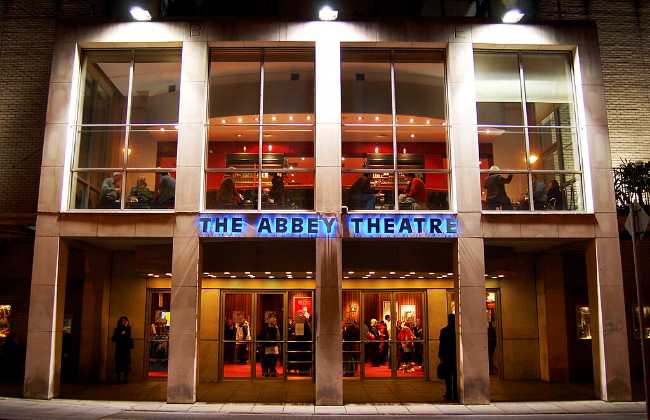
The Abbey Theatre, also known as the National Theatre of Ireland, is a cornerstone of Irish cultural and literary history. Located in the heart of Dublin, just off O’Connell Street, it was founded in 1904 by W.B. Yeats and Lady Augusta Gregory with the aim of promoting Irish playwrights and stories. Over the years, the Abbey has staged groundbreaking works by celebrated writers such as Sean O’Casey, J.M. Synge, and Brian Friel. It has played a vital role in shaping Ireland’s theatrical and political landscape, especially during times of national change. The theatre continues to produce bold, contemporary performances alongside revivals of Irish classics, fostering new talent while honouring its historic roots. Visitors can enjoy a dynamic programme of drama, talks, and behind-the-scenes tours in a modern building that reflects the theatre’s evolving identity. A visit to the Abbey Theatre offers not only top-tier performances but also a deep connection to Ireland’s rich literary and cultural legacy.
Dublin IrelandThe Abbey Theatre, Ireland’s national theatre, is located at 26/27 Lower Abbey Street, Dublin 1, D01 K0F1. It sits at the corner of Lower Abbey Street and Marlborough Street, just a few minutes’ walk from O’Connell Street in the heart of Dublin city centre. The main entrance to the foyer and Pegeen’s Café is on Marlborough Street, while the Peacock Stage entrance is on Lower Abbey Street. Getting to the Abbey Theatre is straightforward thanks to its central location and excellent public transport links. The nearest light rail (Luas) stop is Abbey Street, just a two-minute walk away, while Tara Street is the closest train station, about a five-minute walk from the theatre. Numerous Dublin Bus routes stop nearby, particularly along O’Connell Street and Eden Quay, making it accessible from all parts of the city. For those driving, parking is available at Q-Park Irish Life and Q-Park The Spire, both within walking distance. Nearby, you’ll find Dublin’s bustling North City Centre, which blends historic and modern attractions, and is home to landmarks like the Spire, the General Post Office, and the River Liffey. The Abbey Theatre’s location makes it ideal for visitors looking to explore Dublin’s cultural and historical heart before or after a performance.
 Guinness Storehouse
Dublin
Guinness Storehouse
Dublin
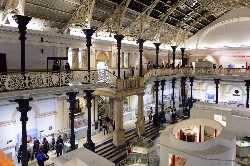 National Museum of Ireland Archaeology
Dublin
National Museum of Ireland Archaeology
Dublin
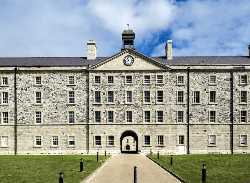 National Museum of Ireland Decorative Arts and History
Dublin
National Museum of Ireland Decorative Arts and History
Dublin
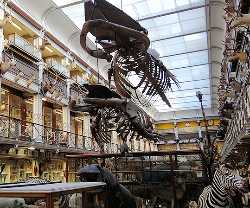 National Museum of Ireland Natural History
Dublin
National Museum of Ireland Natural History
Dublin
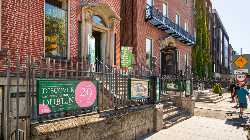 The Little Museum of Dublin
Dublin
The Little Museum of Dublin
Dublin
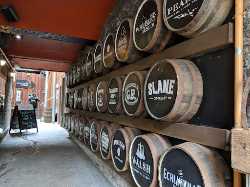 Irish Whiskey Museum
Dublin
Irish Whiskey Museum
Dublin
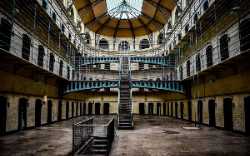 Kilmainham Gaol
Dublin
Kilmainham Gaol
Dublin
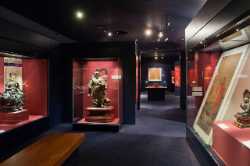 Chester Beatty
Dublin
Chester Beatty
Dublin
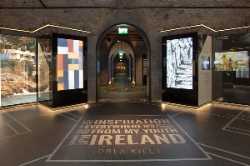 EPIC, the Irish Emigration Museum
Dublin
EPIC, the Irish Emigration Museum
Dublin
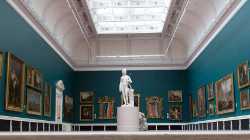 The National Gallery of Ireland
Dublin
The National Gallery of Ireland
Dublin
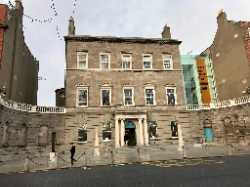 Hugh Lane Gallery
Dublin
Hugh Lane Gallery
Dublin
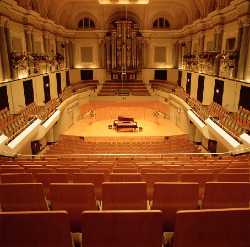 National Concert Hall
Dublin
National Concert Hall
Dublin
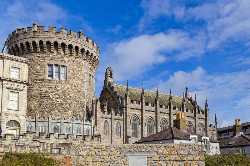 Dublin Castle
Dublin
Dublin Castle
Dublin
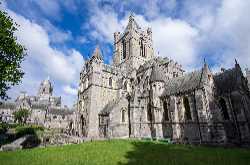 Christ Church Cathedral Dublin
Dublin
Christ Church Cathedral Dublin
Dublin
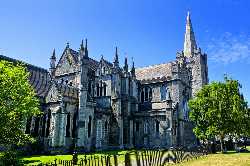 St Patrick's Cathedral Dublin
Dublin
St Patrick's Cathedral Dublin
Dublin
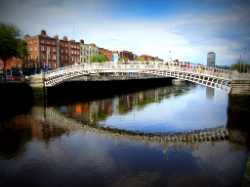 Ha'penny Bridge
Dublin
Ha'penny Bridge
Dublin
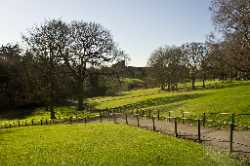 Phoenix Park
Dublin
Phoenix Park
Dublin
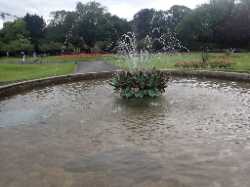 Saint Stephen's Green
Dublin
Saint Stephen's Green
Dublin
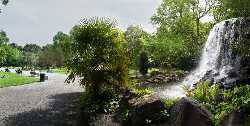 Iveagh Gardens
Dublin
Iveagh Gardens
Dublin
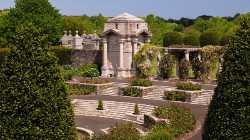 Irish National War Memorial Gardens
Dublin
Irish National War Memorial Gardens
Dublin
 Howth Market Dublin
Dublin
Howth Market Dublin
Dublin
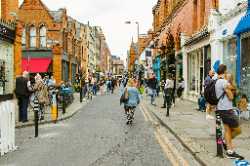 Drury Street Dublin
Dublin
Drury Street Dublin
Dublin
 Jameson Distillery Bow St
Dublin
Jameson Distillery Bow St
Dublin
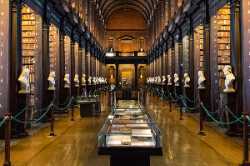 The Book of Kells Dublin
Dublin
The Book of Kells Dublin
Dublin
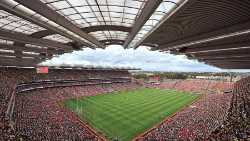 Croke Park
Dublin
Croke Park
Dublin
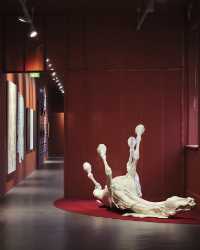 Irish Museum of Modern Art
Dublin
Irish Museum of Modern Art
Dublin
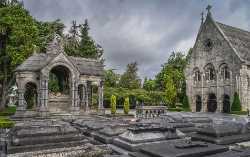 Glasnevin Cemetery Museum
Dublin
Glasnevin Cemetery Museum
Dublin
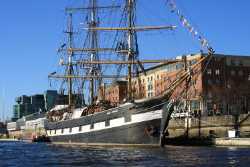 Jeanie Johnston Tall Ship & Famine Museum
Dublin
Jeanie Johnston Tall Ship & Famine Museum
Dublin
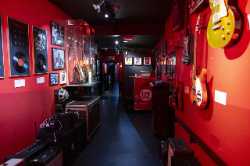 The Irish Rock ‘N’ Roll Museum Experience
Dublin
The Irish Rock ‘N’ Roll Museum Experience
Dublin
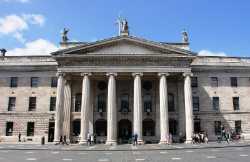 GPO Museum
Dublin
GPO Museum
Dublin
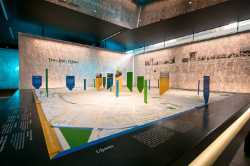 Museum of Literature Ireland
Dublin
Museum of Literature Ireland
Dublin
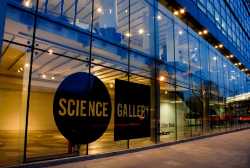 Science Gallery Dublin
Dublin
Science Gallery Dublin
Dublin
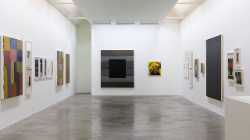 Kerlin Gallery
Dublin
Kerlin Gallery
Dublin
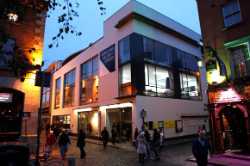 Temple Bar Gallery
Dublin
Temple Bar Gallery
Dublin
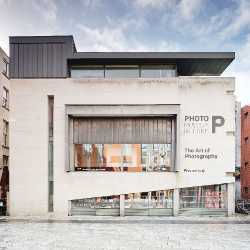 Gallery of Photography Ireland
Dublin
Gallery of Photography Ireland
Dublin
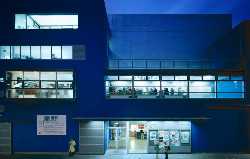 Project Arts Centre
Dublin
Project Arts Centre
Dublin
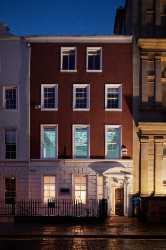 The Molesworth Gallery
Dublin
The Molesworth Gallery
Dublin
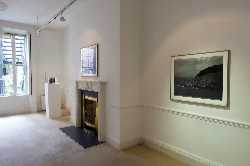 Oliver Sears Gallery
Dublin
Oliver Sears Gallery
Dublin
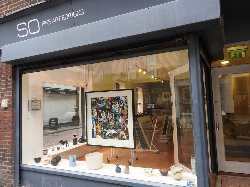 SO Fine Art Editions
Dublin
SO Fine Art Editions
Dublin
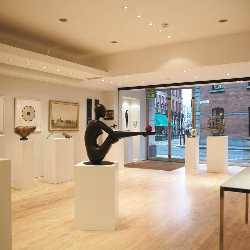 Solomon Fine Art
Dublin
Solomon Fine Art
Dublin
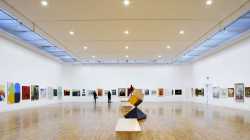 Royal Hibernian Academy
Dublin
Royal Hibernian Academy
Dublin
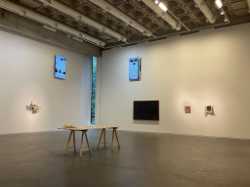 Douglas Hyde Gallery
Dublin
Douglas Hyde Gallery
Dublin
 Gate Theatre
Dublin
Gate Theatre
Dublin
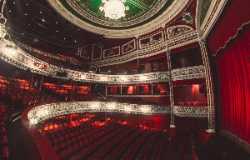 Gaiety Theatre
Dublin
Gaiety Theatre
Dublin
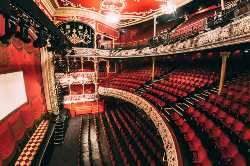 Olympia Theatre
Dublin
Olympia Theatre
Dublin
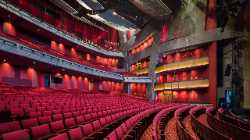 Bord Gáis Energy Theatre
Dublin
Bord Gáis Energy Theatre
Dublin
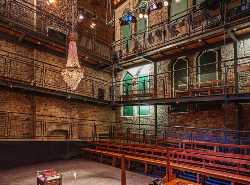 Smock Alley Theatre
Dublin
Smock Alley Theatre
Dublin
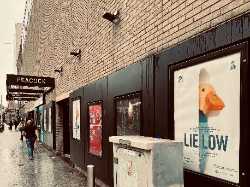 Peacock Theatre
Dublin
Peacock Theatre
Dublin
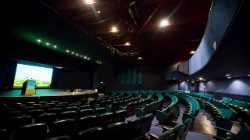 Liberty Hall Theatre
Dublin
Liberty Hall Theatre
Dublin
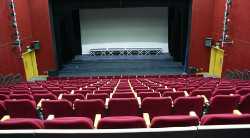 Civic Theatre
Dublin
Civic Theatre
Dublin
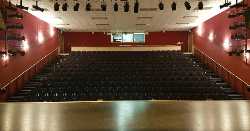 Draíocht Arts Centre
Dublin
Draíocht Arts Centre
Dublin
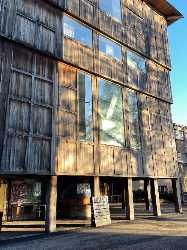 Samuel Beckett Theatre
Dublin
Samuel Beckett Theatre
Dublin
 Axis Ballymun
Dublin
Axis Ballymun
Dublin
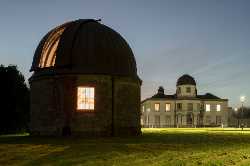 Dunsink Observatory
Dublin
Dunsink Observatory
Dublin